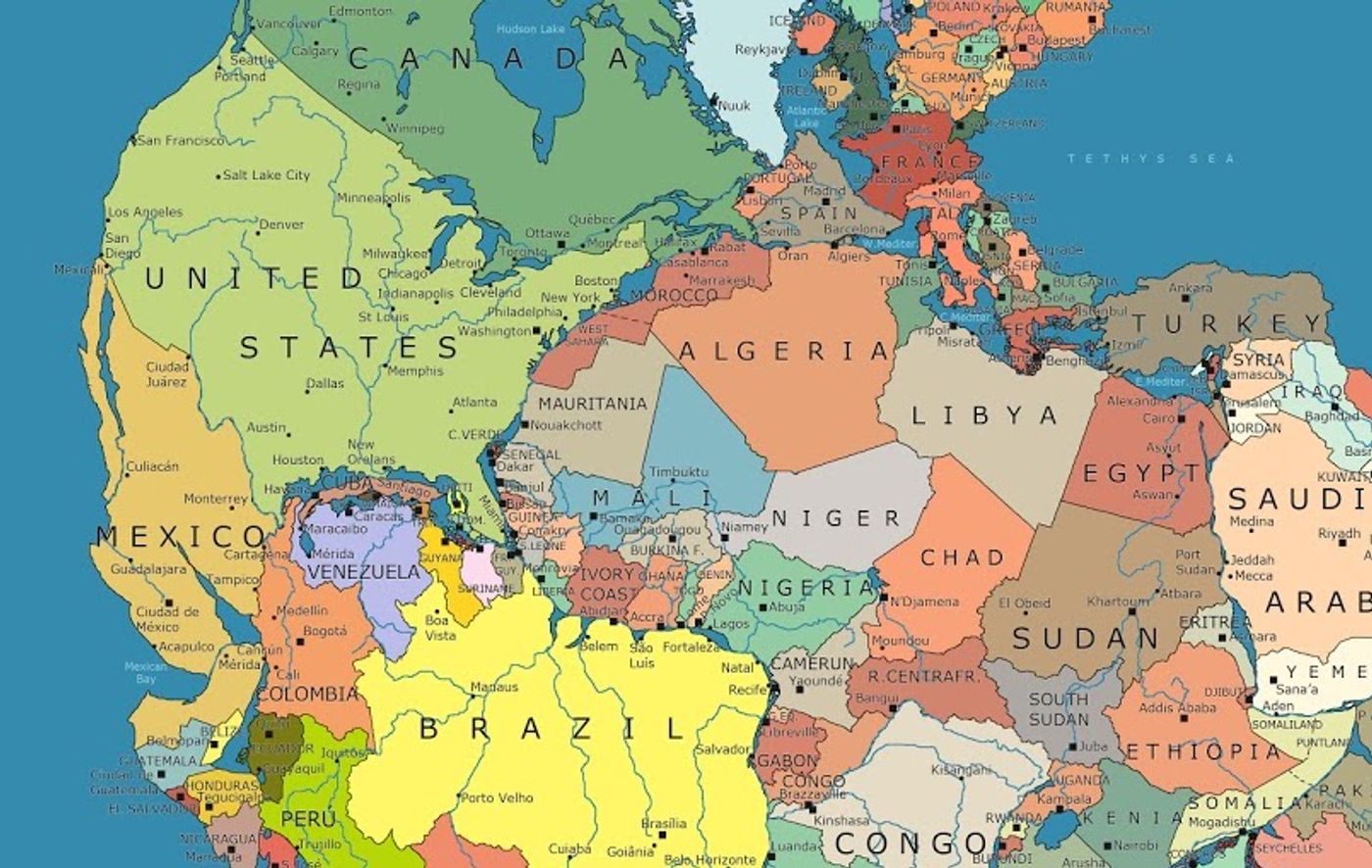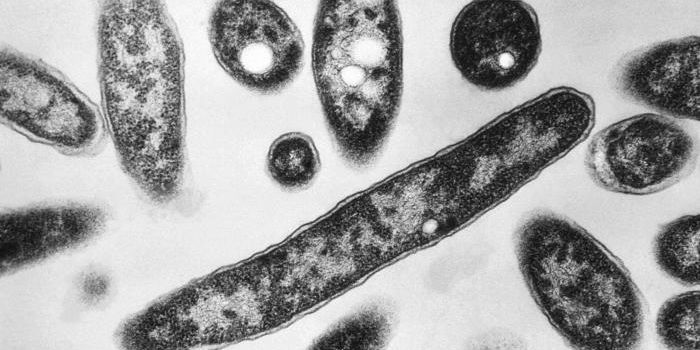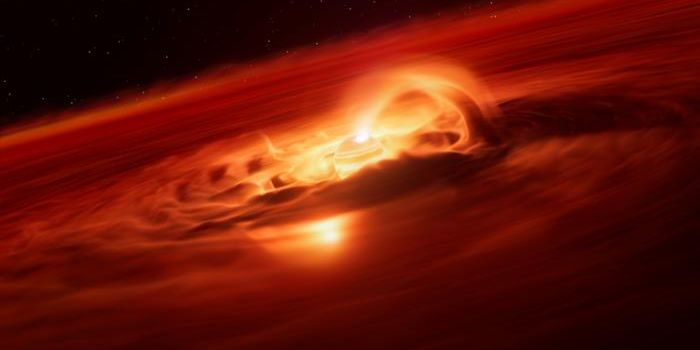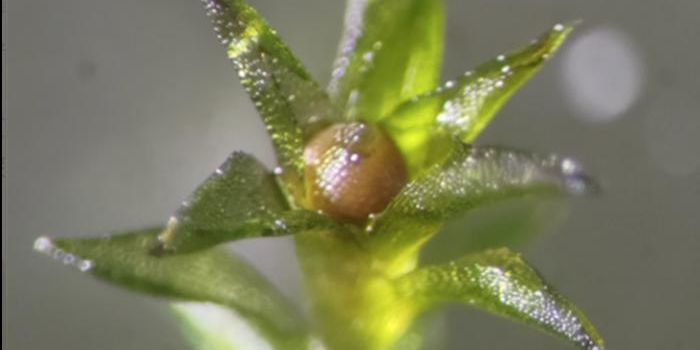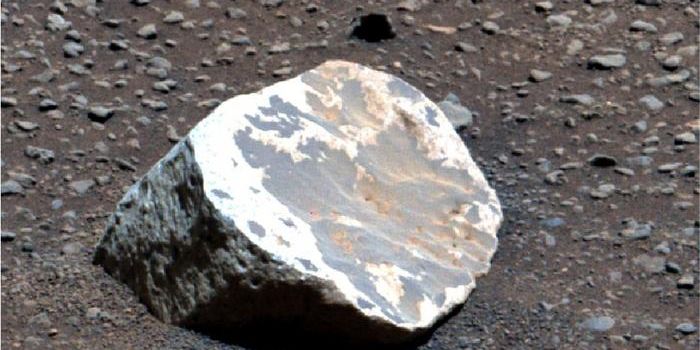New research revealed on the break-up of Pangaea
The breakup of Pangaea, the supercontinent that covered the planet before our continents looked like what they do now, has been somewhat of a controversy up until now. However, recently scientists from the distinct fields of geology and biology have come to separate yet identical conclusions regarding the dating of Pangaea’s breakup. Scientists from The Australian National University (ANU) have determined estimates of the breakup dates over the past 180 million years, which are published in the Proceedings of the Royal Society B.
So how did they do it? Well it’s all based on the idea that when continents break off from one another, species are physically separated, which affects their genetic pools, as well. That means that scientists can use dates from genetic trees and geological dates to create a comparison timeline.
They founded their investigation on the basis that “the molecular clock dates, for the divergences of species whose geographical ranges were divided, should agree with the palaeomagnetic dates for the continental separations,” reports the study. Looking at the phylogenetic divergence dates of 42 pairs of specifically chosen vertebrate taxa (chosen for their reduced ability to disperse), the team confirmed that the phylogenetic trees’ divergence dates of continent-bound terrestrial and freshwater vertebrates line up with the palaeomagnetic dates of continental separation.
"After excluding species that could easily move between continents, a new comparison of these two independent dating methods, applied to the breakup of Pangaea over the past 180 million years, finds good agreement between the two methods,” said Ms. McIntyre from the ANU Research School of Astronomy and Astrophysics. “Geological dating provides important independent support for the relatively new field of using genetic trees to date biological divergences.”
That’s big news for phylogenetic dating. "This concordance between biology and geology gives phylogenetic dating more street cred," said Dr Lineweaver from the Research School of Astronomy and Astrophysics and the Research School of Earth Sciences at ANU.
Lineweaver said that better and more genetic sequence data has allowed dates from biology to gain headway as well. While the team originally only intended to investigate how long the continents had been isolated, they were ultimately able to determine much more with this comparison dating method.
